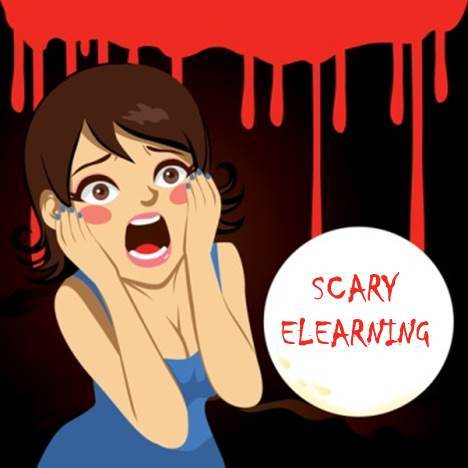October 28, 2015
4 Tips To Create A Work/School Balance While Taking Online Courses
While taking online courses can help you get your education without having to quit your job, you still have to devote time to your coursework. If you have a full-time job, you will have to figure out how to balance your duties at work with your duties at school. How can this be done?
by Sarah Smith











